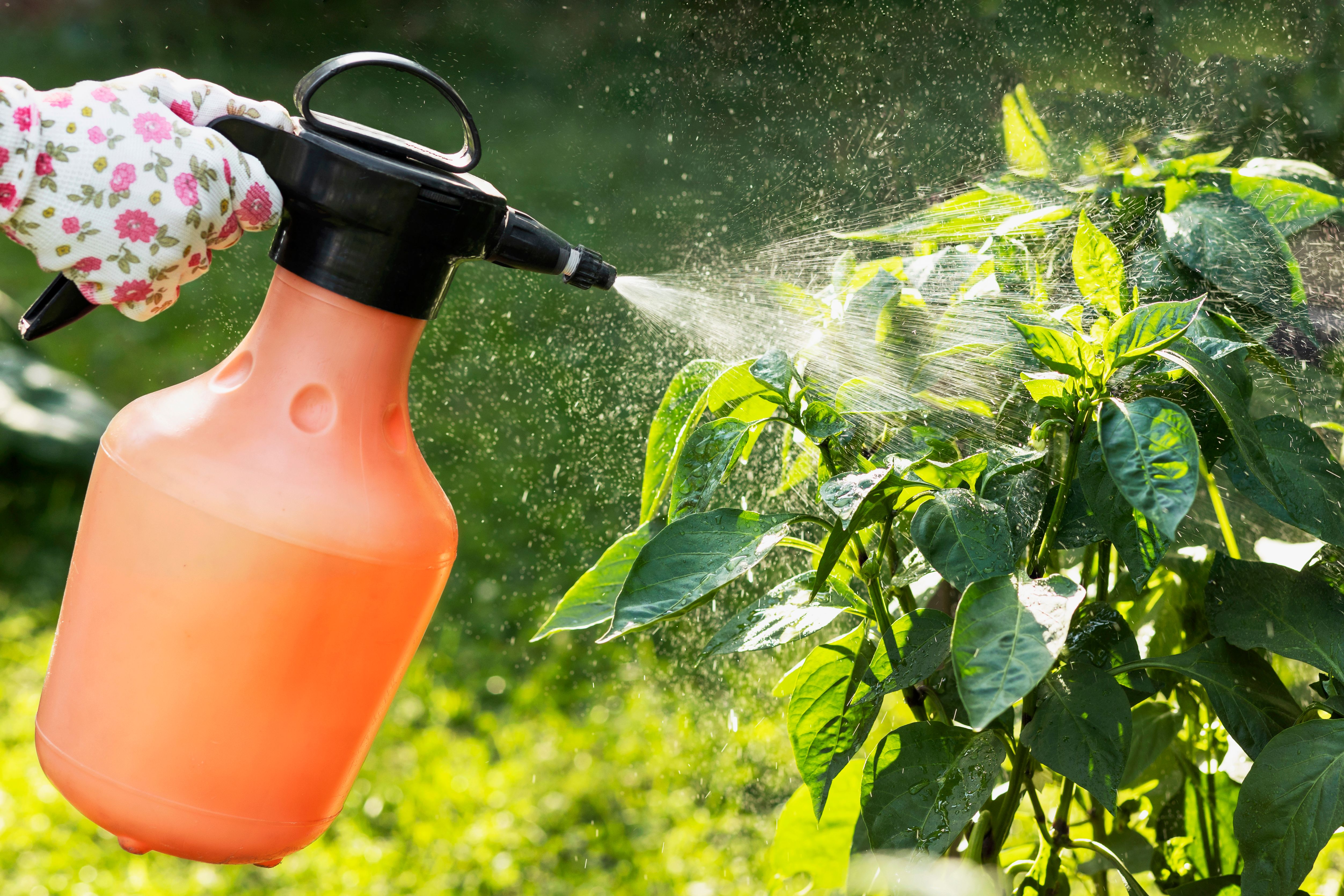Transitioning to Organic Farming: A Guide for California Growers
Understanding the Basics of Organic Farming
Organic farming is a method of agriculture that relies on natural processes and materials to enhance soil fertility and maintain ecological balance. For California growers, transitioning to organic farming can offer numerous benefits, including improved soil health, reduced exposure to synthetic chemicals, and access to a growing market of environmentally-conscious consumers. However, making this transition requires a thorough understanding of organic principles and practices.
In organic farming, the use of synthetic fertilizers, pesticides, and genetically modified organisms (GMOs) is prohibited. Instead, farmers focus on building healthy soil through crop rotation, cover cropping, and the application of compost and other organic matter. Maintaining biodiversity is also a key component, as it helps control pests and diseases naturally.

Steps to Transitioning Your Farm
Transitioning from conventional to organic farming is a multi-step process that requires careful planning and commitment. Here are some steps California growers can take to begin the journey:
- Understand Certification Requirements: Familiarize yourself with the USDA National Organic Program (NOP) standards and the specific requirements for organic certification.
- Conduct a Farm Assessment: Evaluate your current farming practices and identify areas that need changes to comply with organic standards.
- Create an Organic System Plan (OSP): Outline your farm's practices, inputs, and strategies for maintaining organic integrity.
- Begin the Transition Period: Understand that it takes about three years for a farm to become certified organic. During this time, you'll need to implement organic practices without using prohibited substances.
The Importance of Soil Health
Healthy soil is the foundation of successful organic farming. It supports plant growth, retains nutrients, and helps manage water efficiently. For California growers facing challenges like droughts and soil degradation, focusing on soil health can lead to more resilient farms.
Practices such as cover cropping and reduced tillage can significantly improve soil structure and fertility. Cover crops protect the soil from erosion, enhance its organic matter content, and contribute to nutrient cycling. Reduced tillage minimizes soil disturbance, preserving its natural structure and microbial communities.

Navigating Pest Management Organically
Pest management in organic farming relies on preventive measures and natural control methods. By fostering biodiversity, growers can attract beneficial insects that help manage pest populations. Additionally, crop rotation can break pest cycles by disrupting their habitat.
Integrated Pest Management (IPM) is a holistic approach that combines biological control, habitat manipulation, and cultural practices to manage pests sustainably. Regular monitoring is crucial to identify potential pest problems early and apply targeted interventions when necessary.

Marketing Your Organic Produce
Once your farm is certified organic, marketing your produce effectively is essential to capture the growing demand for organic products. Consumers are increasingly interested in knowing how their food is grown and are willing to pay a premium for organic produce.
Build a strong brand by telling your farm's story and highlighting your commitment to sustainability. Participate in farmers' markets, join organic cooperatives, and engage with local communities to strengthen your market presence. Leveraging social media platforms can also broaden your reach and connect you with potential customers who value organic practices.
The transition to organic farming is a rewarding journey that requires dedication and adaptability. By understanding the principles of organic agriculture and implementing strategic practices, California growers can contribute to a healthier environment while reaping the benefits of an expanding market.